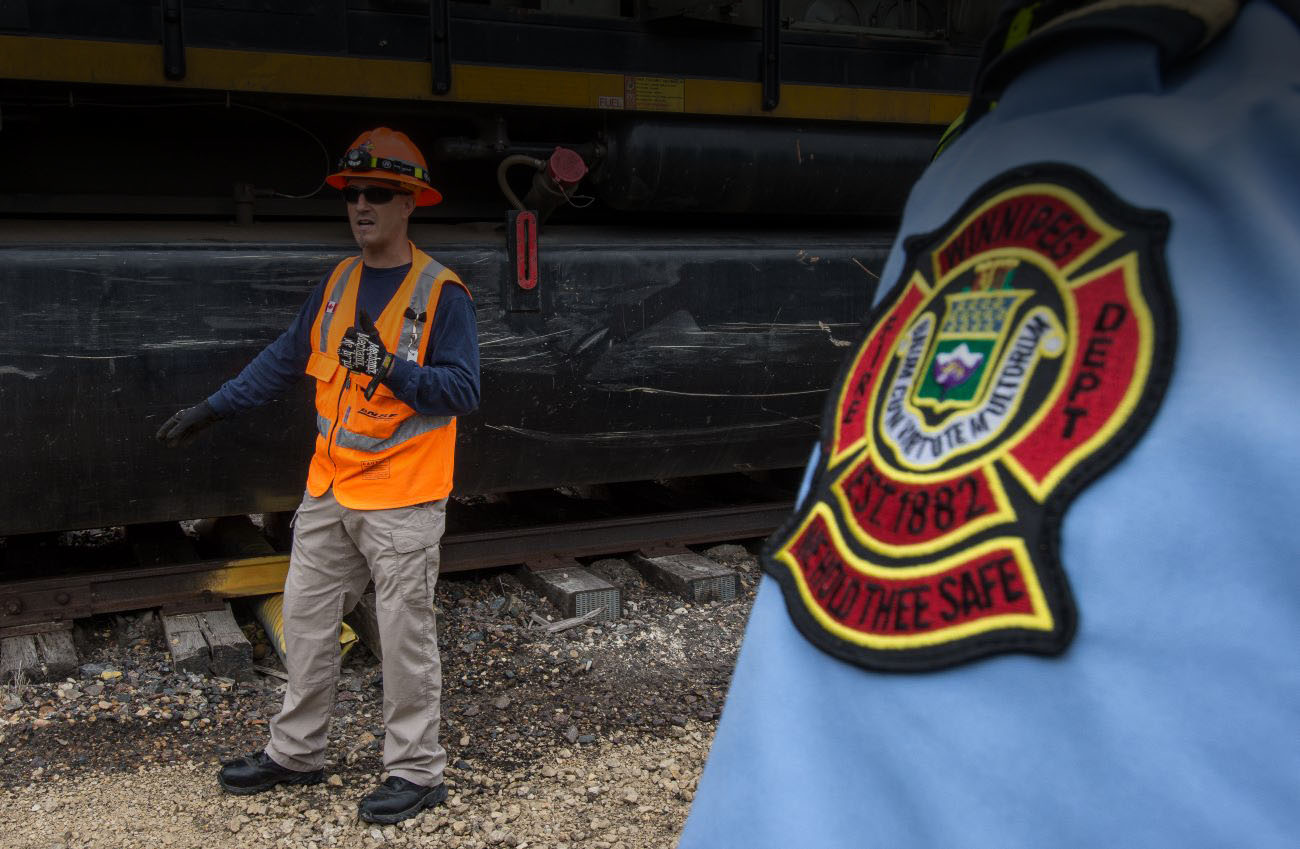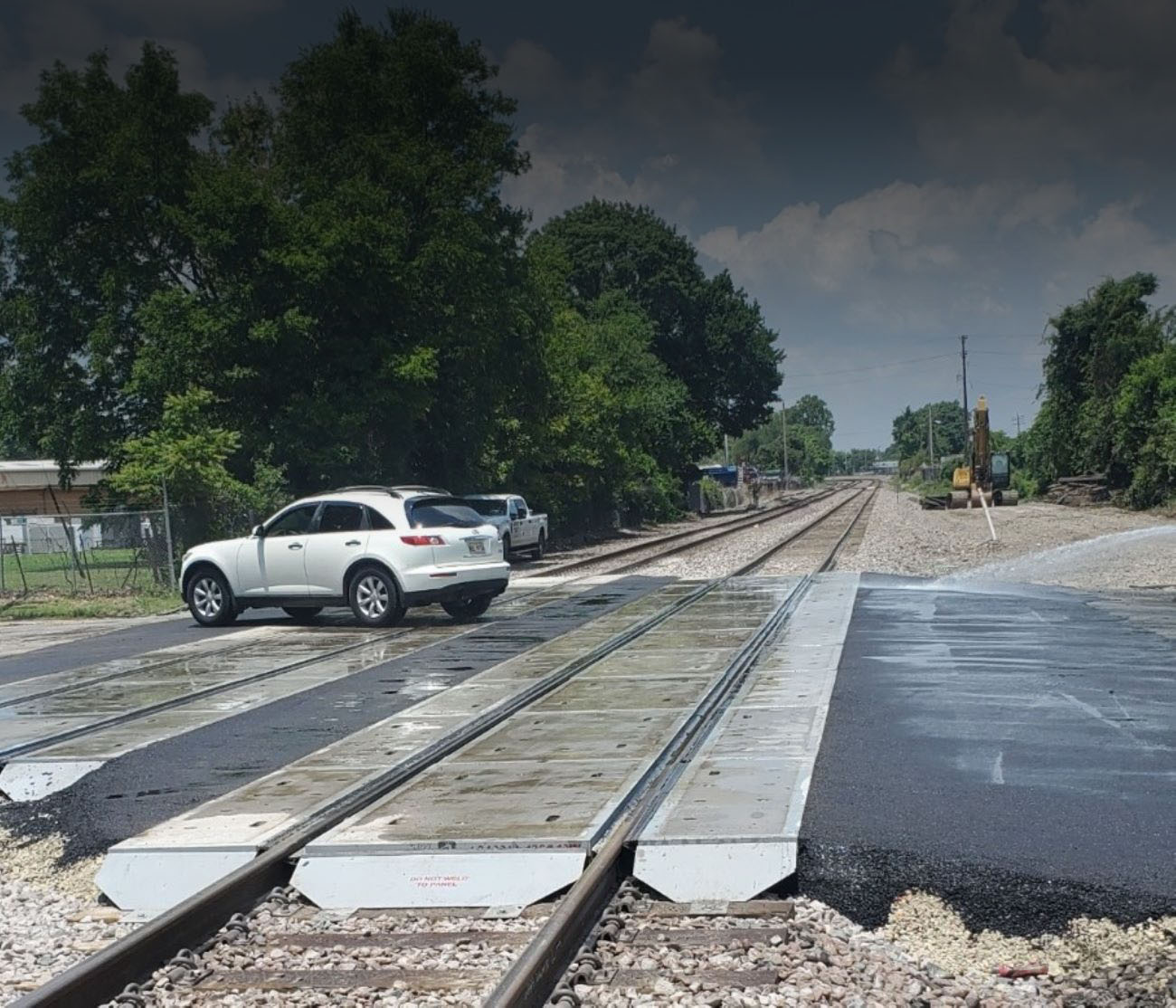Winter planning pays off when cold weather arrives
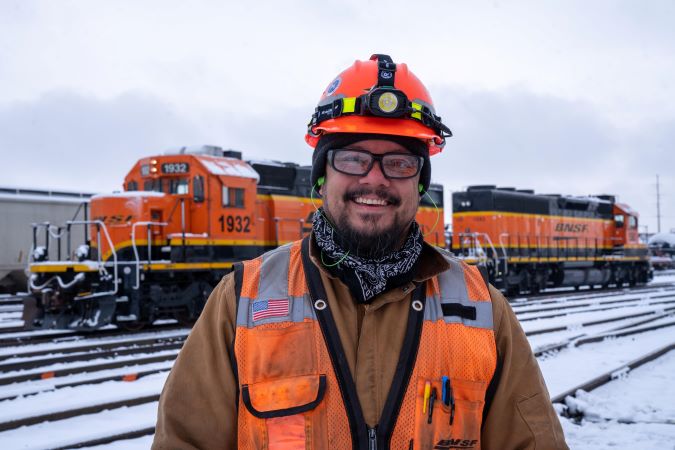
The weather may present challenges during the cold months of winter, but freight always has places to go. We’ve got our customers and their supply chains covered this winter. As planned, our operations are stronger and safer than ever and our employees are ready to keep our trains moving.
The BNSF network runs across 28 states and three Canadian provinces, a vast territory that sees drastically different winters. Our North Region, home to our Northern Transcon between the Midwest and the Pacific Northwest, experiences extreme temperature lows and heavy snow. Our South Region, which supports our Southern Transcon from Southern California ports to the Midwest, more often sees high winds, rain and cooler temperatures.
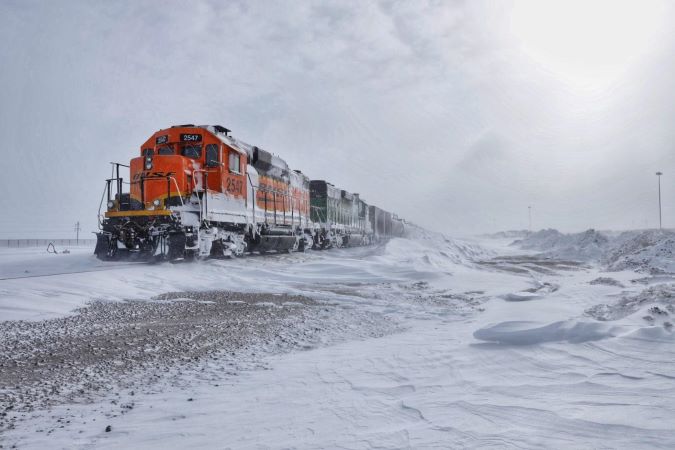
To have a safe and efficient winter, our preparation and planning start long before the first freeze.
“Each spring, we perform an after-action review of the past winter. We talk about what went well and what could be improved. Each of our 10 operating divisions refines its winter-action plans based on its unique conditions and challenges,” Craig Morehouse, vice president North Region Operations, said.
To ensure the safety of our employees, once winter arrives, we continually restock and position resources to ensure rapid response.
For example, a fleet of restored passenger cars, called “snow coaches,” is stationed in the North Region over mountain passes, ensuring our train crews can move safely and reliably when highways are treacherous. Paramount is making sure our employees stay safe while maintaining network fluidity, even in a snowstorm.
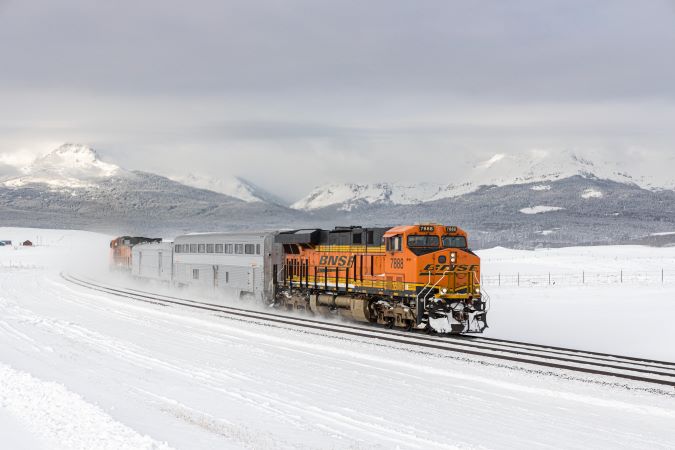
Transporting our employees safely is essential to our winter operations, but most important is keeping them protected while working in winter conditions. Employees are equipped with season-protective equipment like dedicated winter footwear and traction studs for boots. Year-round our employees begin each shift with a safety briefing, but in the winter months, the safety briefings prepare them for the day’s weather conditions and remind them of our slip, trip and fall precautions.
With our train crews prepared, we also strategically position snow removal equipment and supplies across our network to keep our locomotive fleet and track operational.
Switch heaters are essential to keeping trains on the move. These heating units ensure that remote controlled switches don’t freeze and fail during bouts of extreme cold. They’re proven efficient, and BNSF has over 5,000 across our system.
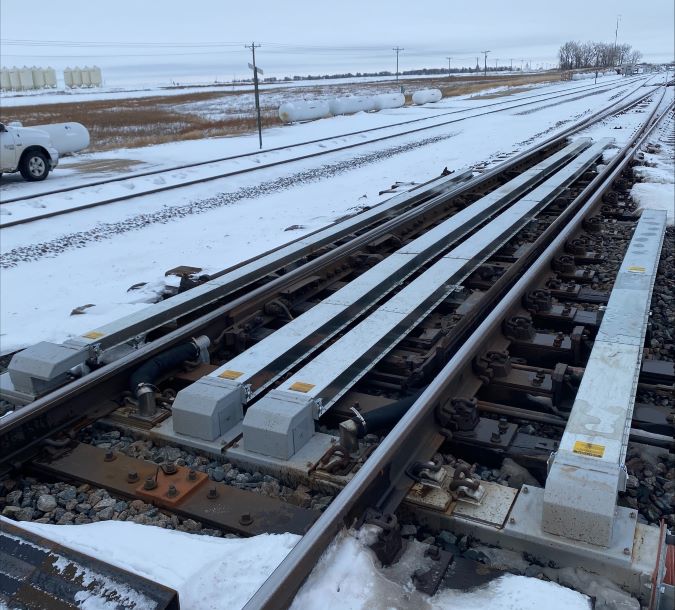
Another risk in mountainous regions is the threat of avalanches. By determining avalanche-prone zones, with the help our on-staff avalanche forecaster, BNSF was able to strategically locate 16 snow sheds. As the name suggests, a snow shed covers the rail and allows snow to pass over in the event of an avalanche.
Just like a car, locomotives need to undergo a winterization process to run smoothly in the cold and snow. Because locomotives operate with air brakes, which requires airflow throughout the train to function properly, winterization of locomotives ensures the airflow doesn’t freeze.
Over 95% of our locomotives are equipped with a cold weather package that keeps the engines functioning and air flowing in extreme cold.
While locomotives can typically plow through snow, sometimes snow can be too deep or hardpacked for a train to safely operate. That’s when we implement a variety of snow-removal equipment. From rail plows to rotary snowplows, no amount of snow is too great for our crews to tackle.
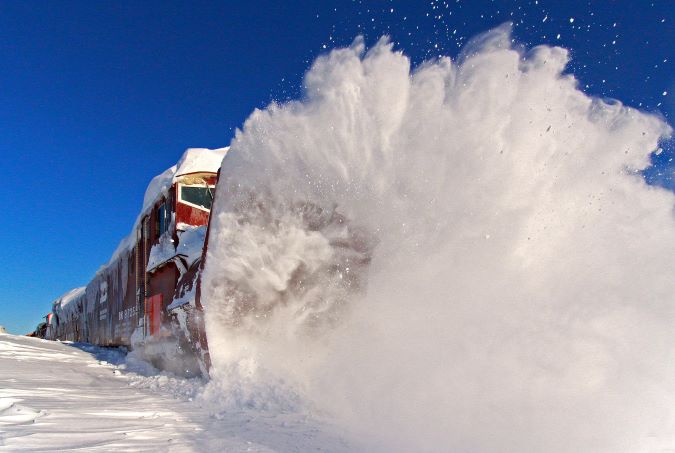
Preparing our fleet and crews to safely take on winter allows us to quickly add manpower, equipment and supplies where needed to address service interruptions.
Also, high winds can pose safety and operational concerns along our Southern Transcon. At certain speeds and conditions, wind can be strong enough to knock empty railcars off the track. We have a network of wind stations that measures wind speeds, wind direction, air temperature, humidity levels and more. The stations send warnings to our Network Operations Center, which will notify train crews in affected areas. Supervisors in the field also have hand-held anemometers to measure the wind.
“BNSF utilizes AccuWeather to monitor winds across our network in real time, which allows for direct communication between our train crews and dispatchers about the weather,” Clark Simmons, director, Transportation, explained. “AccuWeather will immediately alert our dispatchers of a wind event, specifically a high-wind warning, who will communicate with train crews operating in the affected area. Additionally, BNSF uses MaxWind, which is an automated system that determines the speed that each train can operate safely based on the train size and makeup, geography and wind conditions. These technologies and communication efforts allow us to move safely and efficiently during wind events.”
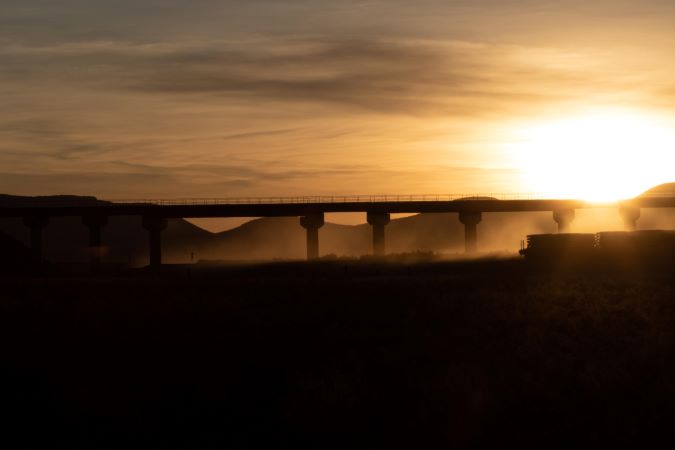
When winter weather strikes, divisional command centers are established following the necessary preparations and forecast, with key personnel ready to activate action plans 24/7. These command centers will adjust service plans based on conditions, plan routes to avoid storms, deploy snow coaches and make sure locomotive power is distributed throughout each train to maintain consistent air pressure for its air brake systems.
This winter we are more ready than ever to move freight, so let Old Man Winter bring it on! Learn more about our winter action plans at BNSF.com/Winter.

